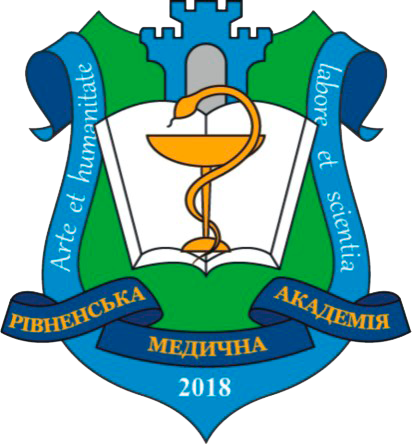DEVELOPMENT OF A METHOD FOR DETERMINING RESIDUAL AMOUNTS OF TROXERUTIN DURING THE CLEANING OF PHARMACEUTICAL EQUIPMENT FROM GEL FOR EXTERNAL USE
DOI:
https://doi.org/10.32782/health-2025.1.17Keywords:
troxerutin, pharmaceutical equipment, semisolid dosage forms, residual amounts, validation characteristicsAbstract
Cleaning of pharmaceutical equipment plays an important role in preventing cross-contamination of drugs that are sequentially manufactured on the same equipment. Semisolid dosage forms, such as ointments, gels, and creams, contain hydrophobic components (waxes, oils) and hydrophilic components (gel-forming agents of polyacrylic acids, pectins, etc.), which are poorly soluble in water, dry out, and have the ability to remain on the equipment. These substances are poorly wetted by cleaning agents, thereby limiting the ability to remove product residues from the surfaces of pharmaceutical equipment. In practical pharmacy, research on the transfer of residues from one product to another in a scientifically substantiated manner is relevant to limit the likelihood of adverse reactions and the possibility of a synergistic pharmacological effect between products and their ingredients. We have developed and validated an analytical HPLC method for determining residual amounts of troxerutin during the cleaning of pharmaceutical equipment from a gel for external use. Preliminary analysis of the excipients in commercial topical medicines containing troxerutin has established that all components are water-soluble. The composition of the gels has a high aqueous phase content, and all substances are easily wetted by cleaning agents. Therefore, there is no need to monitor their quantities after equipment cleaning; it is sufficient to use purified water at room temperature and a commercial cleaning agent for the cleaning cycle while monitoring residues of only the active pharmaceutical ingredient, troxerutin. The critical concentration of troxerutin was determined to be 58 ppm. It has been established that the method is characterized by sufficient specificity for the retention time of the analyte peak, with no contribution from the placebo. The requirements for the parameters of linear dependence confirm the linearity of the method for determining troxerutin within the studied concentration range of 25% to 125%. The correlation coefficient (r) of the linear dependence between the introduced and found values for the quantitative content of troxerutin is >0.998, indicating the method’s accuracy. The shelf life of the test and reference solutions was determined to be 14 hours when stored in a light-protected place at a temperature of (20±2)ºC.





